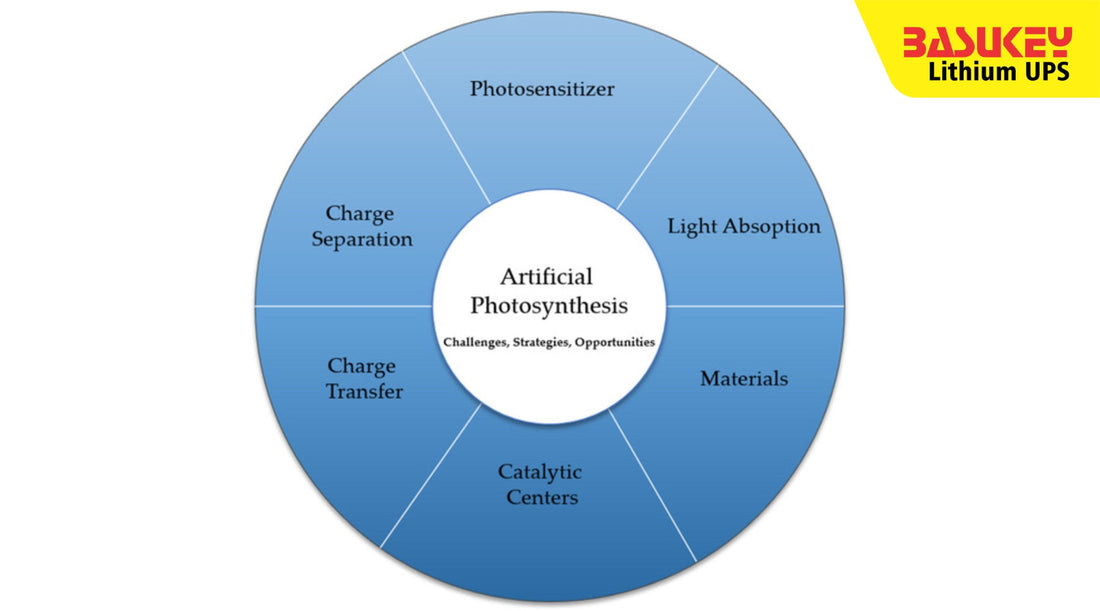
How Artificial Photosynthesis Could Replace Traditional Batteries
Share
Artificial photosynthesis is a cutting-edge technology that has the potential to revolutionize the way we store and use energy. By mimicking the natural process of photosynthesis in plants, scientists are developing a way to harness sunlight and convert it into clean, renewable energy. But how exactly could artificial photosynthesis replace traditional batteries?
Efficiency and Sustainability
One of the key advantages of artificial photosynthesis is its efficiency. Traditional batteries rely on chemical reactions to store and release energy, which can be inefficient and lead to energy loss. In contrast, artificial photosynthesis directly converts sunlight into energy, making it a more sustainable and environmentally friendly option. In fact, artificial photosynthesis has the potential to be up to 10 times more efficient than traditional solar cells.
Storage Capacity
Another benefit of artificial photosynthesis is its potential for high energy storage capacity. Traditional batteries have limitations in terms of the amount of energy they can store, which can be a barrier to widespread adoption of renewable energy sources. Artificial photosynthesis, on the other hand, has the ability to store large amounts of energy in the form of chemical bonds, making it a promising solution for long-term energy storage.
Cost-Effectiveness
While the technology behind artificial photosynthesis is still in the early stages of development, researchers are optimistic about its potential for cost-effectiveness. By using abundant and inexpensive materials, such as silicon and nickel, artificial photosynthesis has the potential to be a more affordable energy storage solution compared to traditional batteries. This could make renewable energy more accessible and affordable for a wider range of applications.
Environmental Impact
One of the most compelling reasons to invest in artificial photosynthesis is its minimal environmental impact. Traditional batteries rely on rare and toxic materials, such as lithium and cobalt, which can have harmful effects on the environment. Artificial photosynthesis, on the other hand, uses non-toxic and abundant materials, making it a more sustainable and eco-friendly option for energy storage.
As research into artificial photosynthesis continues to advance, the potential for this technology to replace traditional batteries is becoming increasingly clear. With its high efficiency, energy storage capacity, cost-effectiveness, and minimal environmental impact, artificial photosynthesis could be the key to a cleaner and more sustainable energy future.
